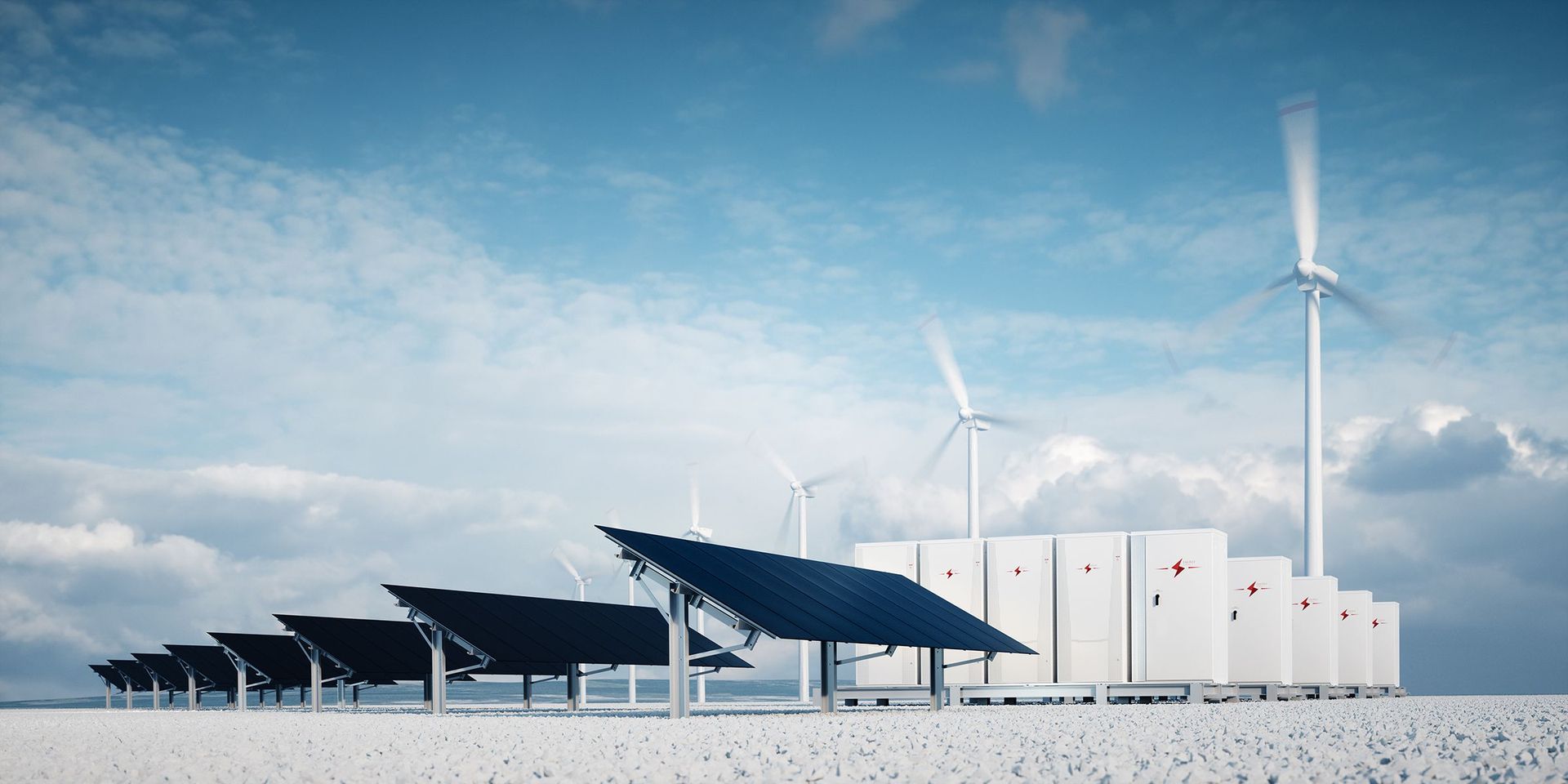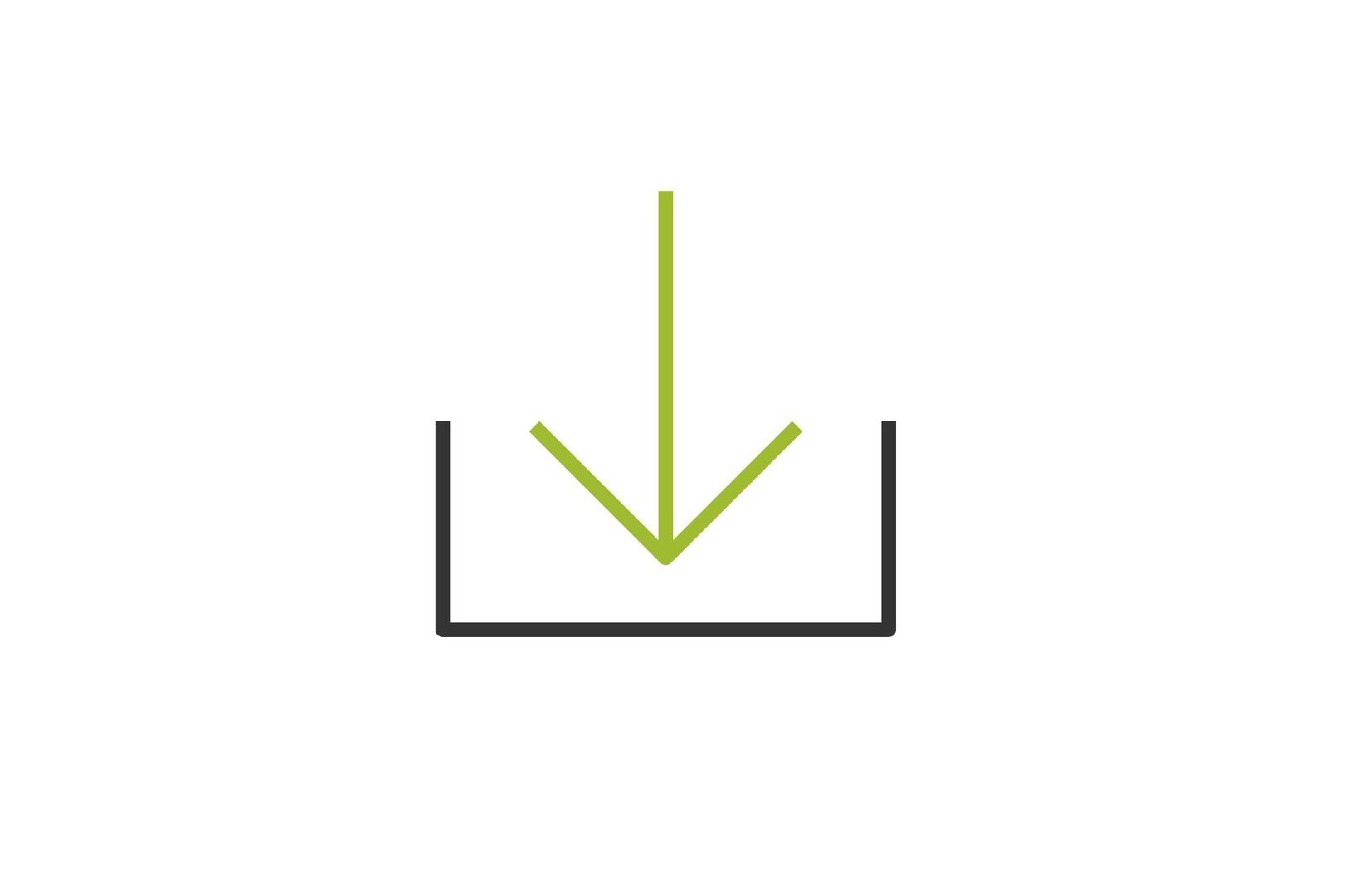What is the Grid Code?
Definition
The grid code, also known as the transmission code in some countries, is the set of rules a transmission system operator (TSO) uses to define conditions for accessing the electricity grid. Depending on the country, the distribution system operator (DSO) fixes rules for the electricity grid at the low-voltage or distribution level separately in the distribution code.
What is the Role of the Grid Code?
The grid code regulates the general conditions pertaining to how installations connect to the high and extra-high voltage grid, respectively the low-voltage and distribution grid. The code also covers grid usage, system services, grid expansion, and general grid operation.
The rules of the grid code apply to all systems that feed into the grid network, from a large power plant producing several hundred megawatts to a solar plant producing just 500 kW. Ciaran Roberts provides a good overview of the varying international grid code regulations in a document written for the Lawrence Berkeley National Laboratory (funded by the US Energy Regulatory Commission, Office of Electric Reliability).
Why are Grid Codes Necessary?
Since grid codes set a standardized framework for all assets that wish to connect to the grid, they set a level playing field for all participants. This way, a certain level of fairness is (or at least should be) guaranteed when DSOs or TSOs decide which systems are allowed to connect to the grid. Accordingly, many national grid codes stipulate that a new system must be allowed access to the grid if the conditions of the grid code are met.
In addition to fairness, efficiency also plays a role: If there were not a rulebook for grid connection, each individual new connection to the power grid would be up for negotiation on a bilateral basis between the TSO/DSO and the applicant.
From the point of view of the grid operator, the existence of grid codes is necessary to ensure reliable operations of the grid. Especially concerning the quick buildup of renewable energies in many countries, it would be difficult to handle the large amount of new installations that connect to the grid without a set of rules that apply to all applicants. The International Renewable Energy Agency (IRENA) provides an analysis of the interdependence of the buildup of renewable energies and the development of grid codes.
Read more
What is Included in the Grid Code?
Grid codes differ from country to country and from grid operator to grid operator, but generally speaking most grid codes set regulations for the following topics:
- Connection requirements with regard to voltage quality and the delivery of active and reactive power
- Behavior of the system in the event of failures in the power grid, also with regard to islanding and black start capability
- Protection of the power grid in case of technical defects on the part of the connected generator
- Technical requirements on the part of the generator allowing the grid operator to remotely control (and curtail) power generation in case of turbulences in the power grid
- Specifications for the provision of system services (ancillary services) by the connected power generator
- Tasks of the network operator in relation to grid capacity and grid architecture
- Organizational matters of daily operations, e.g. nomination of forecasted power generation, metering and billing of generated electricity, scheduling of maintenance works and resulting downtime etc.
Disclaimer: Next Kraftwerke does not take any responsibility for the completeness, accuracy and actuality of the information provided. This article is for information purposes only and does not replace individual legal advice.


